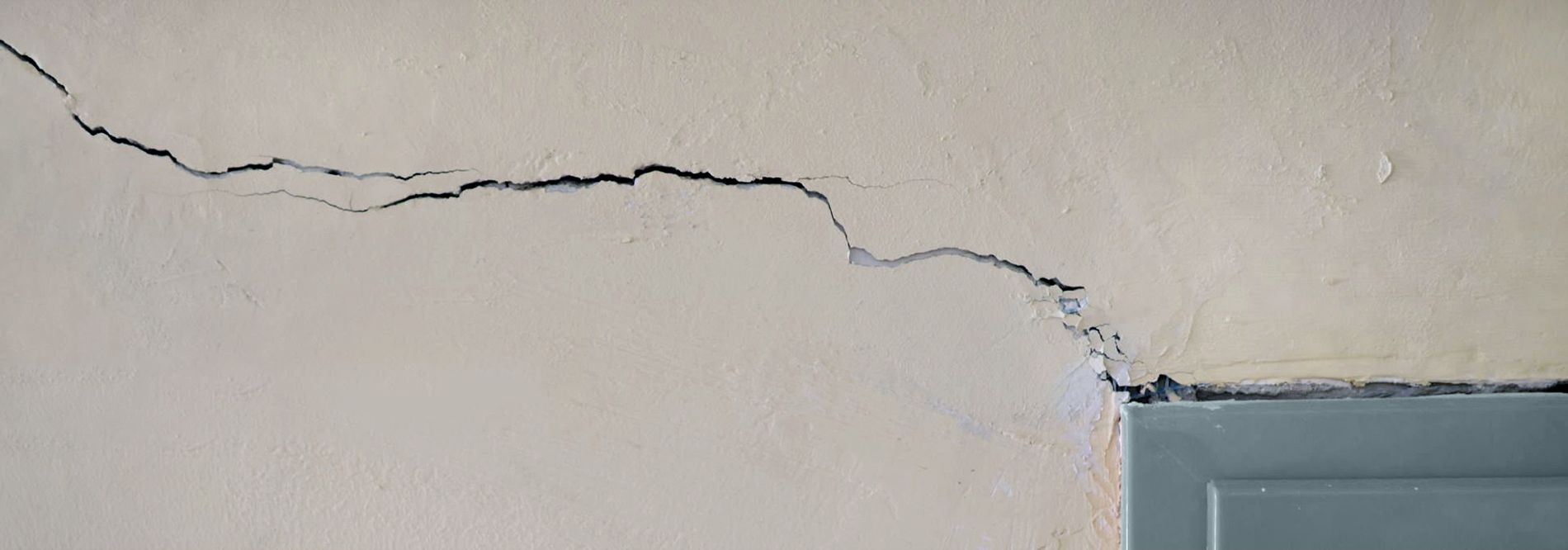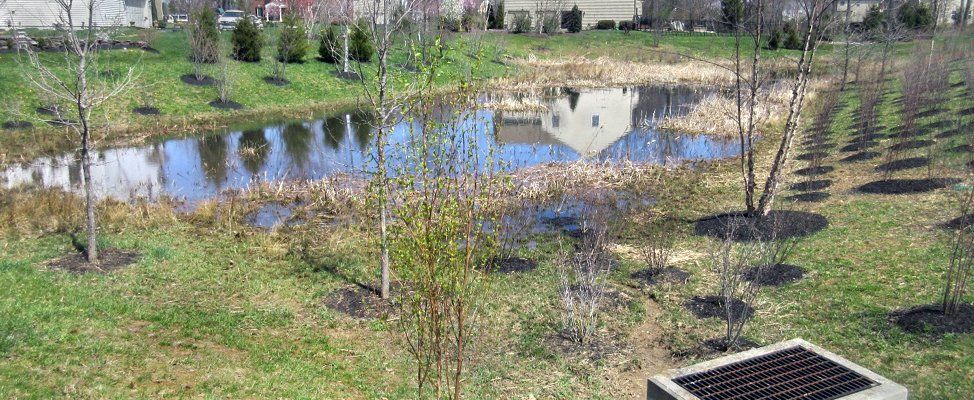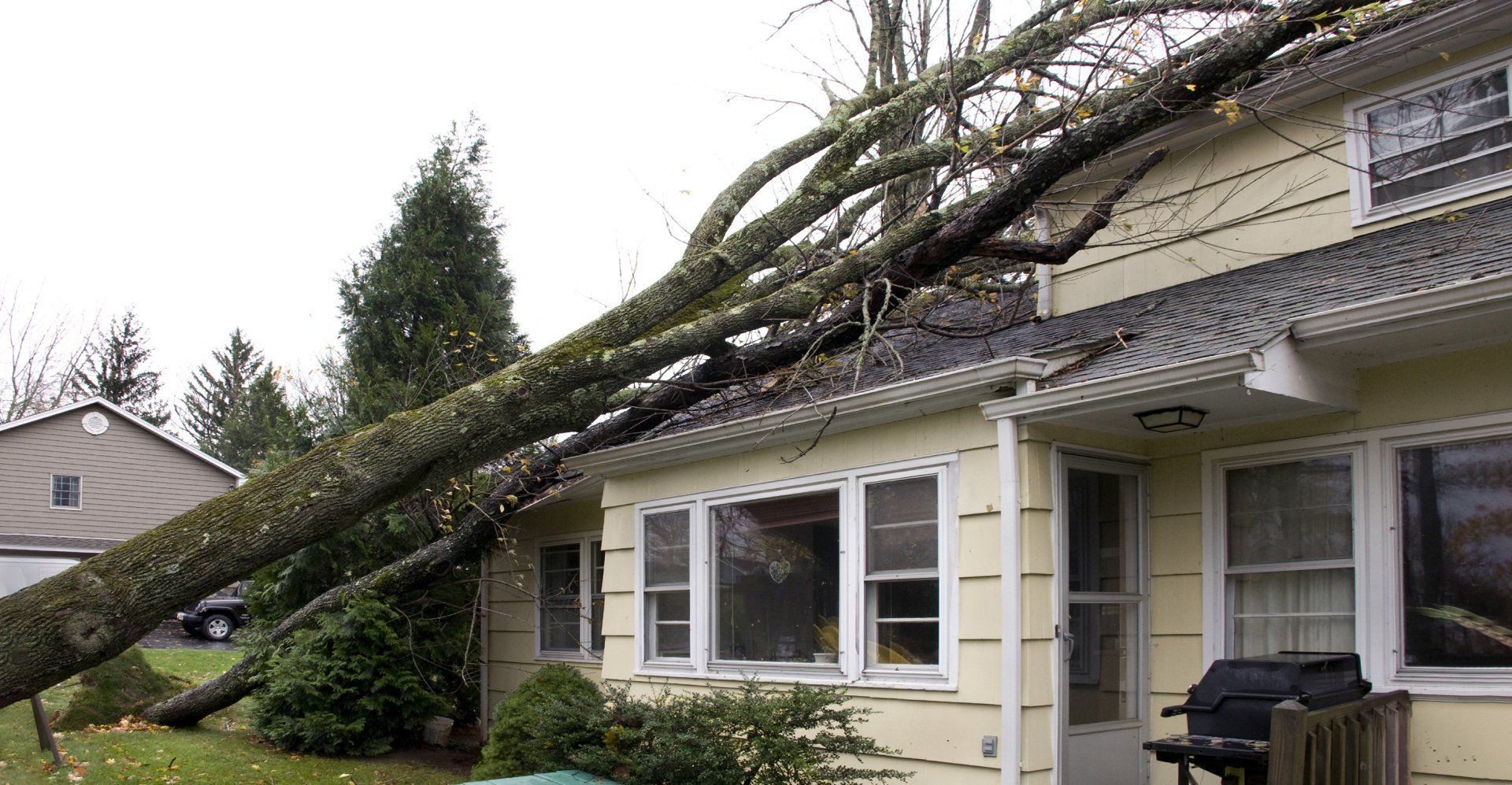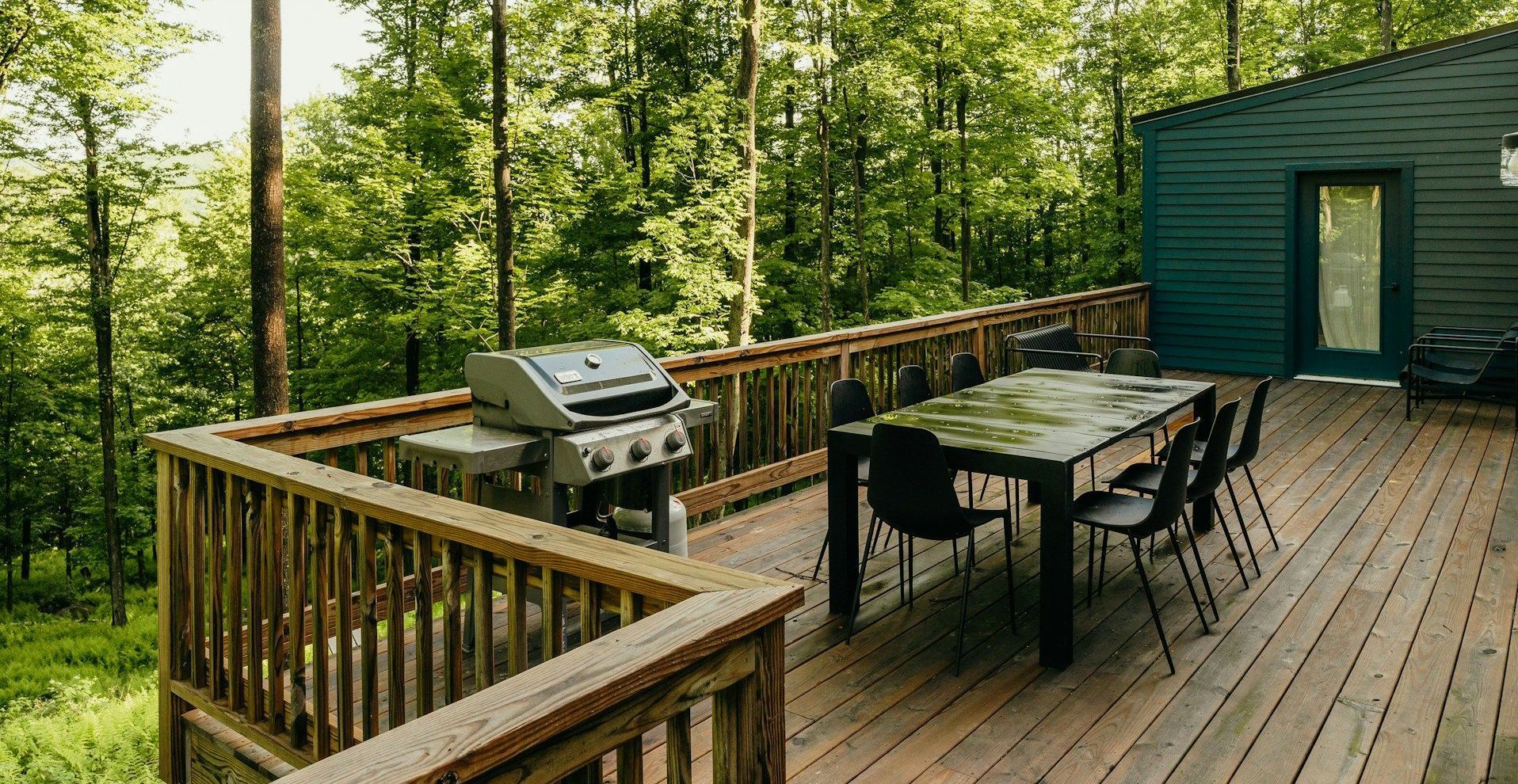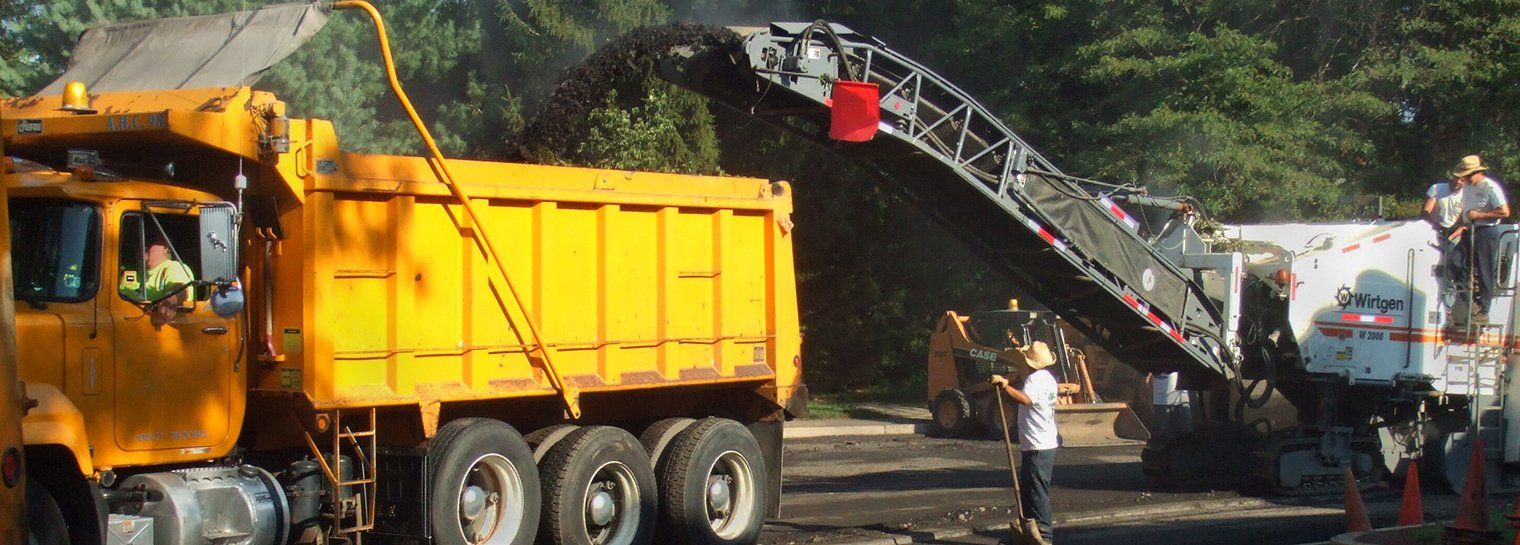Rain Gardens Support Natural Stormwater Management
A Water-Smart Landscape to Soak Up the Rain at Your Home or Property
Rain may be just what your grass needs, but storms can stress your sump-pump and leave your yard soggy and swamped with puddles. That’s where rain gardens come to the rescue! A rain garden is a shallow depressed area of plantings in the landscape that collects stormwater runoff from roofs, driveways, sidewalk or streets and allows it to soak into the ground. Also known as bioretention cells, they are designed to mimic the natural way water flows over and absorbs into the land to reduce stormwater pollution. Planted with a variety of native perennials, shrubs and trees that are both water and drought tolerant, rain gardens can be a cost effective and beautiful way to reduce runoff from your property.
Why Rain Gardens Are Needed
As we develop our land and increase the amount of paved surfaces and buildings, the water cycle is changed. Conventional methods of land development collect and convey stormwater rapidly over land into a series of drains and pipes that flow directly into our lakes, rivers, and estuaries, an area where a freshwater river or stream meets the ocean, with little or no water quality treatment.
Stormwater is recognized nationally as the leading cause of water pollution today. The runoff can lead to increased flooding, erosion, pollution, and decreased groundwater recharge during dry periods. It can contain pollutants such as sediment, nutrients, bacteria, and chemicals that can threaten aquatic health and contribute to the loss of water dependent recreational activities.
One of the easiest and most cost-effective methods for recharging groundwater resources, decreasing the volume of stormwater runoff, and improving water quality is to install a rain garden. Rain gardens help to filtrate water on site and improve water quality by filtering out pollutants.
Benefits of Creating a Rain Garden
Rain gardens collect runoff from impervious surfaces and allow it to infiltrate into the ground. Designed to fill with a few inches of water from a storm, rain gardens slowly release runoff into the ground rather than allowing it to flow into the stormwater system. In addition to filtering out the pollutants in runoff, rain gardens provide habitat, food and shelter for butterflies and beneficial insects, songbirds and other local wildlife.
Planting a rain garden can improve water quality in your community by preventing sediment and chemicals from flowing into streams, rivers, and lakes. By filtrating stormwater, rain gardens can:
- Keep oil and grease from paved areas from entering waterways
- Filter pesticides and fertilizers from lawns
- Protect rivers and streams from erosion
- Recharge local groundwater resources
Establishing a Rain Garden
Installing a rain garden is as easy as planting a regular garden with the added benefits! However, it is important to properly plan your rain garden to maximize stormwater infiltration.
Further detailed instructions can be found here from the Pennsylvania Stormwater Best Practices Manual – Rain Garden & Bioretention…
- Location - The rain garden should be located 10 feet from the house and away from septic tanks, wells or areas that remain wet. A flat site with plenty of sun works best.
- Soils - The soil of your rain garden should allow for proper filtration. If you are unsure of your soil, dig a hole 6 inches deep and fill it with water. If water remains after 24 hours, the site is not suitable for a rain garden.
- Size - The rain garden should be able to retain and filtrate the first one inch of runoff from the area that drains to it.
- Design - A rain garden is just like any other garden that you might have in your yard. The only difference is that the plants must be able to handle both wet and dry conditions.
- Installation - Dig the garden about eight inches deep, creating a flat basin where the water will collect. The extra soil can be used to create a berm to help retain the water.
- Maintenance - As with any garden, it is necessary to water the garden until it is established, weed, replace dead plants, and add mulch as needed.
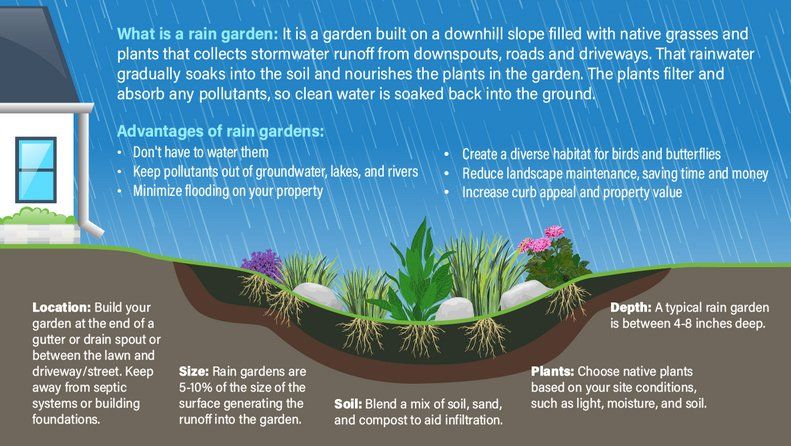
Your Personal Contribution to Cleaner Water in Your Community
An individual rain garden may seem like a small thing, but collectively they produce substantial neighborhood and community environmental benefits by reducing the amount of pollution reaching creeks and streams by up to 30%. A rain garden is a beautiful landscape feature in your yard that captures and filters polluted runoff from your rooftop, driveway, and other impervious surfaces. Rain gardens protect your home from water damage and flooding, improve your lawn’s drainage, increase home value, create habitats for birds and butterflies, and do wonders for the environment.
Click to contact the experts at BUSTAMANTE ENGINEERS to discuss your Stormwater Management questions and concerns...
SHARE CONTENT
Bustamante Blog
